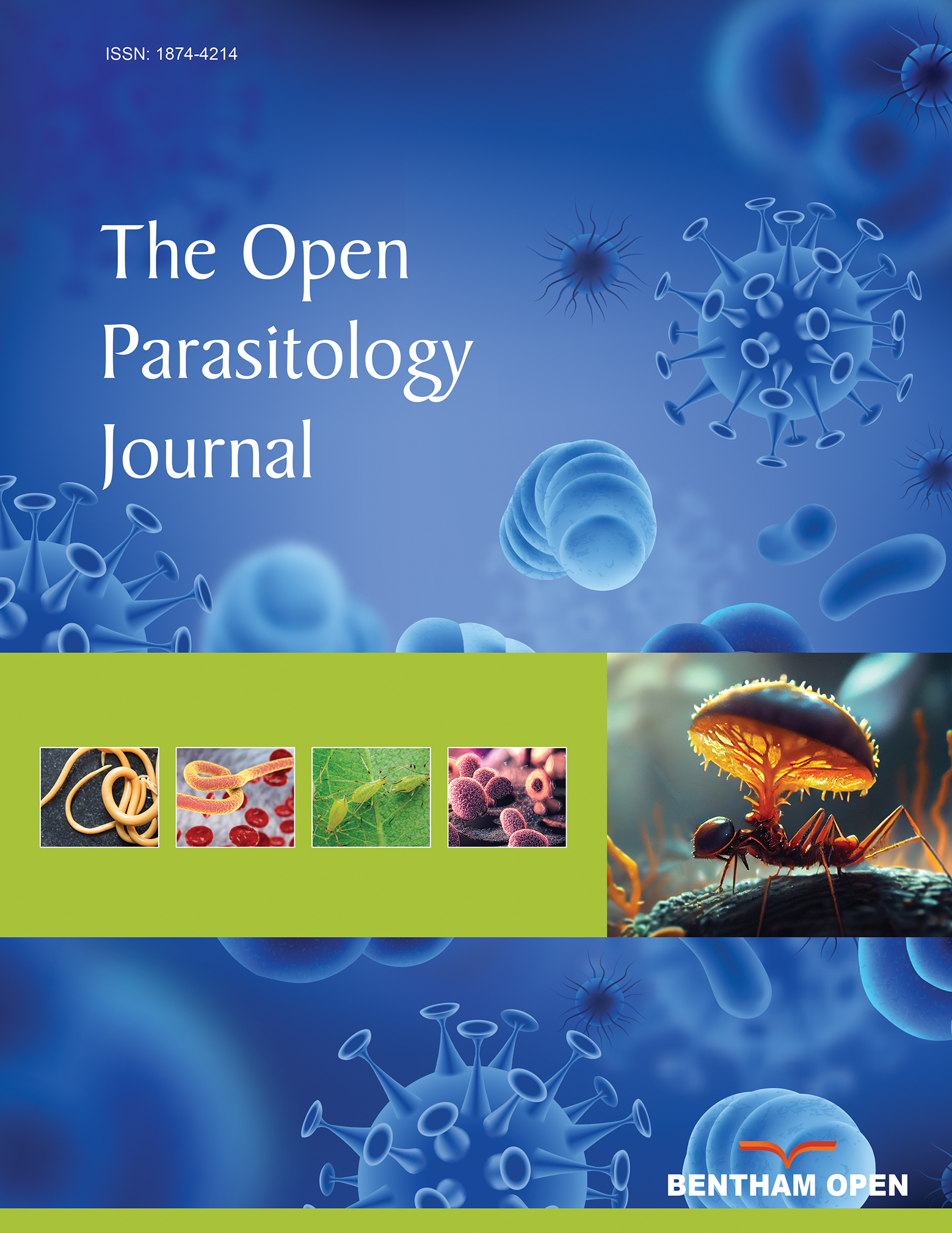Editorial - Trypanosomatidae Family: Biochemical Features
Abstract
This special issue “Trypanosomatidae Family: Biochemical Features” comprises eighteen minireviews written by sixty-four authors. The reviews highlight the current state of a variety of research topics on trypanosomatids, including their cell biology, ultrastructure, biochemistry, proteomics and genomics, as well as biochemical and immunological aspects of the interactions of the parasites with both their mammalian and insect hosts.
Chagas disease is caused by the protozoan parasite Trypanosoma cruzi. The pathophysiology and the mechanism of trans-mission of the disease were described in 1909 by the Brazilian scientist Carlos Chagas. Studies of Chagas disease in its various aspects, from basic to applied science, have revolutionized Brazilian science in an unprecedented way. Even today, roughly 1 in every 3 articles published on Chagas disease reports research done in Brazil. Therefore, we chose to focus this special issue upon basic research mostly on Chagas disease and leishmaniasis, two endemic diseases of high prevalence in Latin America.
The reviews were written mostly by Brazilian scientists, thus providing a broad view of current Brazilian contributions in this field, and its insertion among worldwide research on the topic. For this reason, there are no specific articles on Africantry-panosomas, albeit the subject is briefly addressed in the introductory article.
This special issue is dedicated to Carlos Chagas and to all the great scientists from all countries whose efforts are directedat finding ways to eradicate the devastating diseases caused by trypanosomatids. It is also dedicated to the bright investigators who brought to light several important aspects of Biology, first discovered in these protozoa, and later extended to higher eu-karyotes. Examples of such include trans-splicing of nuclear RNAs, glycosylphosphatidylinositol (GPI)-anchored membrane proteins and RNA editing.
Part of the results presented here originate from research done in the authors’ laboratories, supported by the Brazilian agen-cies Conselho Nacional de Desenvolvimento Científico e Tecnológico (CNPq), Fundação de Amparo à Pesquisa Carlos Chagas Filho (FAPERJ), Fundação Oswaldo Cruz-Ministério da Saúde, and by the funding program “Instituto Nacional de Ciência e Tecnologia em Entomologia Molecular”, as well as NIAID/NIH and Wellcome Trust. We also like to thank Bentham Science Publishers for the opportunity to organize this collection. The Open Parasitology Journal carries sole responsibility for all edito-rial content.


